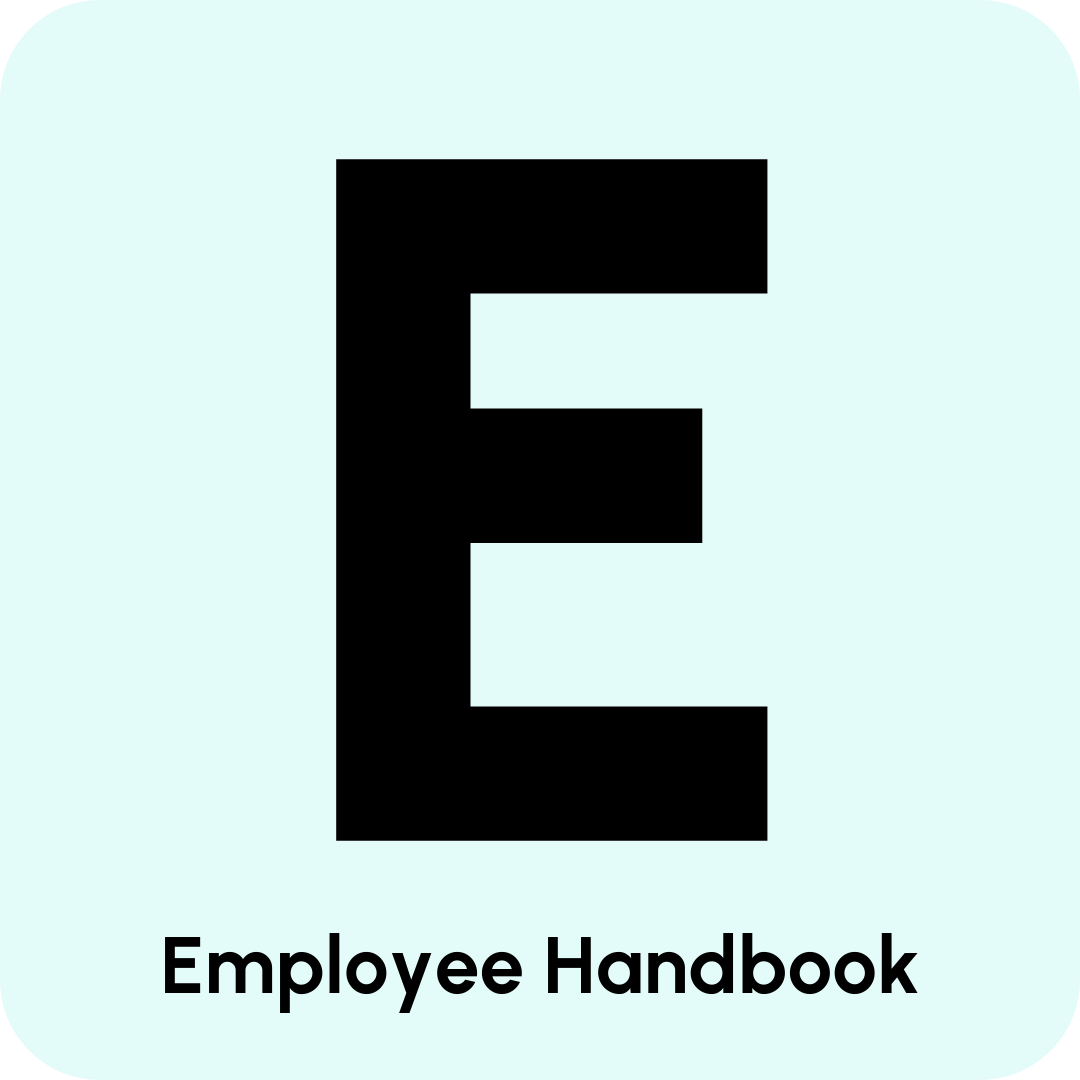Why does an Employee Handbook matter for your business?
Legal and Compliance Protection
- Some policies, like disciplinary and grievance procedures, are a legal requirement.
- Documenting processes helps defend against tribunal claims.
Risk Reduction
- Reduces disputes by making rules transparent.
- Ensures decisions are fair and consistent, lowering discrimination risks.
Engagement and Retention
- Handbooks that highlight benefits, flexible working, and family-friendly policies help retain staff.
- A clear handbook builds trust and confidence in management.
Reputation and Culture
- Demonstrates professionalism and structure.
- Positions the business as a responsible, people-focused employer.
Without a handbook, businesses risk miscommunication, inconsistent practices, and increased legal exposure.



